Letter of Engagement Practices Every Firm Should Follow
Professionals typically begin client engagements feeling confident in their expertise and good intentions. Yet, most disputes arise not from poor service but from unclear expectations that develop silently over time.
This silent drift causes friction, misunderstandings, and unnecessary conflict that could have been avoided if the documentation were stronger. This is where the letter of engagement becomes a powerful, modern stabilizing force for professional relationships.
The Engagement Letter as the First Line of Defense
 A leading malpractice review cited that half of all tax-related claims involved situations where no engagement letter existed. Consulting claims showed similar vulnerability in that over thirty percent had no formal agreement.
A leading malpractice review cited that half of all tax-related claims involved situations where no engagement letter existed. Consulting claims showed similar vulnerability in that over thirty percent had no formal agreement.
These statistics lead to a consistent message from the various studies on risk management. Failing to document scope and obligations exposes firms to unnecessary liability.
As engagements grow increasingly complex, the letter of engagement becomes an essential form of protection rather than a mere administrative formality.
Key Takeaways
- A letter of engagement eliminates expectation gaps through the strong clarity of defining the scope.
- Missing engagement letters are a significant factor in professional liability claims in many professions.
- Contemporary engagements demand thorough documentation, which protects the practitioner and the client.
- A good engagement letter provides structure, ensures compliance alignment, and clearly defines roles.
- Professionals require an updated engagement letter that will help them manage risk and provide transparency consistently.
Shifting From Paperwork to Protection
Most professionals enter engagements with the assumption that good intentions, along with strong expertise, can protect them from conflict. The paradox of experience, however, proves repeatedly that misunderstandings are rarely due to incompetence.
They arise from assumptions, vague expectations, and incomplete conversations that never become documented agreements. This culture of believing that paperwork is merely a formality has created huge exposure for firms that rely too much on trust rather than structure.
 The letter of engagement, then, cannot be looked at as merely an administrative starting point but rather as a line of defense around which professional relationships are clarified and understood by both parties.
The letter of engagement, then, cannot be looked at as merely an administrative starting point but rather as a line of defense around which professional relationships are clarified and understood by both parties.
When framed correctly, it becomes both a legal safeguard and a strategic blueprint that governs every step of service delivery. There is growing awareness on the part of professionals that clarity is just not optional in today's world, as regulatory scrutiny, client demands, and operational complexity keep on increasing.
Recent malpractice studies reinforce that reality with alarming consistency across disciplines. AICPA risk research found that half of all tax-related liability claims stemmed from engagements lacking a written agreement.
Without a written agreement, even minor disagreements can escalate into disputes that become expensive and difficult to defend. With industries in constant evolution, with engagements becoming ever more dynamic, and with regulatory environments growing increasingly demanding, the need for precision grows correspondingly stronger.
A well-drafted letter of engagement protects against shifting expectations, compliance challenges, and scope ambiguities that can undermine even the best client relationships. It provides the single source of truth for decisions, responsibilities, and obligations throughout the life of the engagement.
Change the mindset from paperwork to protection, and the engagement letter becomes a critical professional asset. It reinforces trust, accountability, and assures that every relationship begins with clarity, confidence, and shared understanding.
Drafting with Professional Integrity
A letter of engagement becomes an asset in mitigating risk only when its contents are unequivocal, detailed, and aligned with both regulatory and professional standards. It is not the length of the document that matters; it is the precision of what it covers, and the clarity with which expectations are recorded.
Below are the key components that turn the engagement letter from a straightforward agreement into a powerful liability shield.
 Clearly identified parties and their authority
Clearly identified parties and their authority
Each engagement starts with the determination of precisely who the professional is serving. Included are the client, its subsidiaries, and related entities that might utilize the work. Equally significant is the identification of the representative authorized to make decisions, approve variations, and accept deliverables from an organizational standpoint.
This may sound procedural, but in reality, it helps prevent a cascade of potential disputes. Partnership engagements, multi-stakeholder firms, and family-owned businesses generally face internal disagreements.
The Scope and the “Anti-Scope” Clause
The greatest number of professional disputes arises out of scope creep. A few of these disputes start with deceit; they start with assumptions. A client may assume that tax advisory naturally includes compliance review, or that audit support naturally provides fraud detection, or that consulting includes follow-through implementation.
The letter of engagement must, therefore, articulate two critical things: what services are in and what services are explicitly excluded. This is the "Anti-Scope" clause, modern best practice advocated by insurers and regulatory bodies.
Defining Client and Firm Responsibilities
Every engagement involves mutual responsibilities: The firm brings its expertise, and the client supplies information, documentation, and decision-making authority. But disputes arise when responsibilities are assumed rather than documented.
The firm needs to confirm that the activities undertaken are those consistent with professional standards and that, unless otherwise expressly agreed, the firm is not responsible for activities outside the agreed scope.
At the same time, the client must accept responsibility concerning information accuracy and completeness, timely submissions of information, and internal controls over financial or operational data.
Deliverables vs. Outcomes
One of the most potent clauses in any letter of engagement is the separation of deliverables from outcomes. A firm may deliver a report, a forecast, an evaluation, or an audit, but it cannot guarantee the business outcome that the client may have envisioned.
Engagement letters must express that the deliverable is the work product, not the eventual result of client decisions or market forces. This one clarification alone reduces a huge burden of implied expectations.
Financial Clarity and Contingency Fees
Payment disputes are still among the major causes of professional litigation. An engagement letter needs to outline fee agreements, billing cycles, payment terms, and conditions for additional costs.
In regulated professions, such as legal services, some jurisdictions may require written explicit agreements for fees when over a specified threshold or with contingency arrangements. Transparency is both a compliance requirement and a risk-reduction measure.
Long-Term Protection through Governance
 A good engagement letter does more than define services. It deals with the life cycle of the engagement itself, the regulatory framework within which it exists, the legal environment, and procedures for resolving disputes.
A good engagement letter does more than define services. It deals with the life cycle of the engagement itself, the regulatory framework within which it exists, the legal environment, and procedures for resolving disputes.
The Regulatory Foundation
Professionals need to align engagements with governing bodies, whether it is the AICPA, State Bar Associations, Engineering Boards, or other international professional regulators. Including these references within the letter of engagement makes for clear road mapping as to what standards apply.
Further, many jurisdictions require that written agreements be utilized for particular types of work, such as attorney contingency matters or financial advisory engagements. In documenting compliance, the firm protects itself from administrative disputes and also complies with ethical requirements.
Managing the Relationship End
Every professional relationship ends, either gracefully or otherwise. A well-drafted engagement letter must consider both eventualities.
This means defining the circumstances under which the firm may withdraw, such as non-payment or lack of cooperation, or in cases where there is an irreconcilable breakdown in communications.
This would also include the definition of how records are returned, for how long documents are stored, who is responsible for data security, and what policies govern retention or destruction of files.
Legal Defenses and Dispute Management
The letter of engagement should outline the applicable laws and jurisdiction in case of disputes or litigation. This is becoming more relevant for firms that have cross-border operations or whose clients have multi-state activities.
Including specified methods of dispute resolution, like mediation or arbitration, allows the parties to have a formal method to resolve their disputes prior to litigation. Most claims settle more quickly and at less cost when dispute-resolution procedures are already contractually defined.
The Annual Renewal Philosophy
Renewal of the letter of engagement at the beginning of each year is much more than just administrative housekeeping. It's the best practice that reinforces defensibility. A new engagement letter each year confirms alignment, ensures accuracy, and minimizes disputes caused by outdated terms.
Annual renewal also reinforces that the letter of engagement remains a living document and not some one-time signature buried in archives.
Closing the Loop with Lifecycle Management
Writing a powerful letter of engagement is not about drafting longer documents but, instead, about precision, compliance alignment, structured workflows, version control, and standardization.
 To handle this process manually without errors, inconsistencies, or a shortage of time is almost impossible when dealing with dozens or hundreds of clients. This is where technology fundamentally transforms professional operations.
To handle this process manually without errors, inconsistencies, or a shortage of time is almost impossible when dealing with dozens or hundreds of clients. This is where technology fundamentally transforms professional operations.
The Automation Imperative
Modern engagements are too complex and too critical to be left to manual creation and storage. Automation ensures consistency in language, accuracy in client details, and speed in drafting and negotiation. It eliminates version-control errors, missing clauses, outdated regulatory references, and incomplete documentation.
Achieving Standardization and Centralized Control
Professional firms need a centralized library for approved templates, clauses, and compliance statements. Otherwise, each engagement is reinventing the wheel. Dock 365 allows firms to standardize engagement letters across locations, teams, and services. This ensures alignment with regulations and eliminates exposure to inconsistent wording or unapproved commitments.
Document Lifecycle Management
The engagement letter does not end at signature; it lives throughout the client's relationship. Dock 365 provides lifecycle management capabilities, including secure storage, access controls, and detailed audit trails.
Automated notifications alert teams to renewal dates approaching, altered regulations, or outdated terms that need refreshing. Client information auto-populates from integrated data sources, minimizing manual input errors and slashing drafting cycles dramatically.
If you're looking at implementing more structure and transparency in the lifecycle of contracts, you can take a closer look at how Dock 365 supports these practices with a demo that takes you through.
Like our content? Subscribe to our newsletter on LinkedIn for more insights and updates.
Book a Live demo
Schedule a live demo of Dock 365's Contract Management Software instantly.

Written by Jithin Prem


